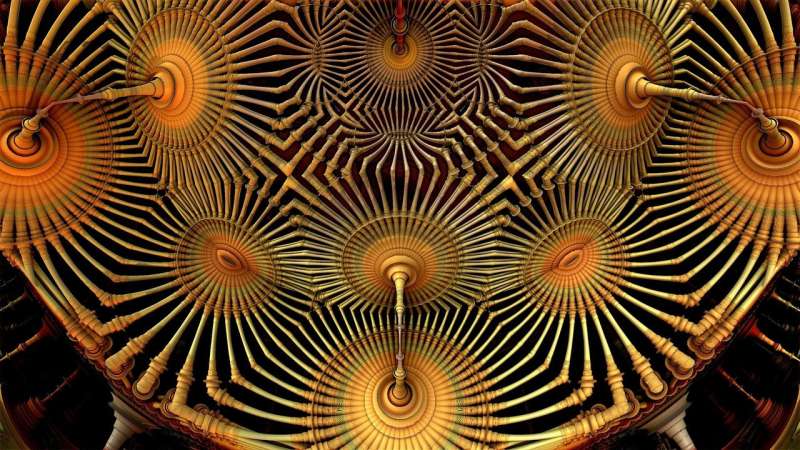New optical device brings quantum computing a step closer

An international team of researchers has taken a big step closer to creating an optical quantum computer, which has the potential to engineer new drugs and optimise energy-saving methods.
The research team developed the first optical microchip to generate, manipulate and detect a particular state of light called squeezed vacuum, which is essential for quantum computation. An optical microchip has most of the basic functionality required for creating future quantum computers.
Griffith University in Queensland led the project in collaboration with the University of Munster in Germany, The Australian National University (ANU) and the University of New South Wales-Canberra, supported by the ARC Centre of Excellence for Quantum Computation and Communication Technology.
Co-researcher Professor Elanor Huntington, Dean of the ANU College of Engineering and Computer Science, and program manager for the ARC Centre of Excellence for Quantum Computation and Communication Technology, was thrilled with this significant advancement.
"What we have demonstrated with this device is an important technological step towards making an optical quantum computer, which will solve certain problems much faster than today's computers," Professor Huntington said.
The microchip - which is 1.5cm wide, 5cm long and 0.5cm thick - has components inside that interact with light in different ways. These components are connected by tiny channels called waveguides that guide the light around the microchip, in a similar way that wires connect different parts of an electric circuit.
Associate Professor Mirko Lobino from Griffith University said the research team was working towards the next generation of optical microchips required for practical quantum computers.
"Aside from being able to engineer new drugs and materials, and improve energy-saving methods, optical quantum computing will enable ultra-fast database searches and help solve difficult mathematical problems in many different fields," he said.
Dr Francesco Lenzini from the University of Munster, who is the lead author of the team's Science Advances paper, said the research overcame one of the major challenges to making an optical quantum computer.
"This experiment is the first to integrate three of the basic steps needed for an optical quantum computer, which are the generation of quantum states of light, their manipulation in a fast and reconfigurable way, and their detection," he said.
Provided by Australian National University





















